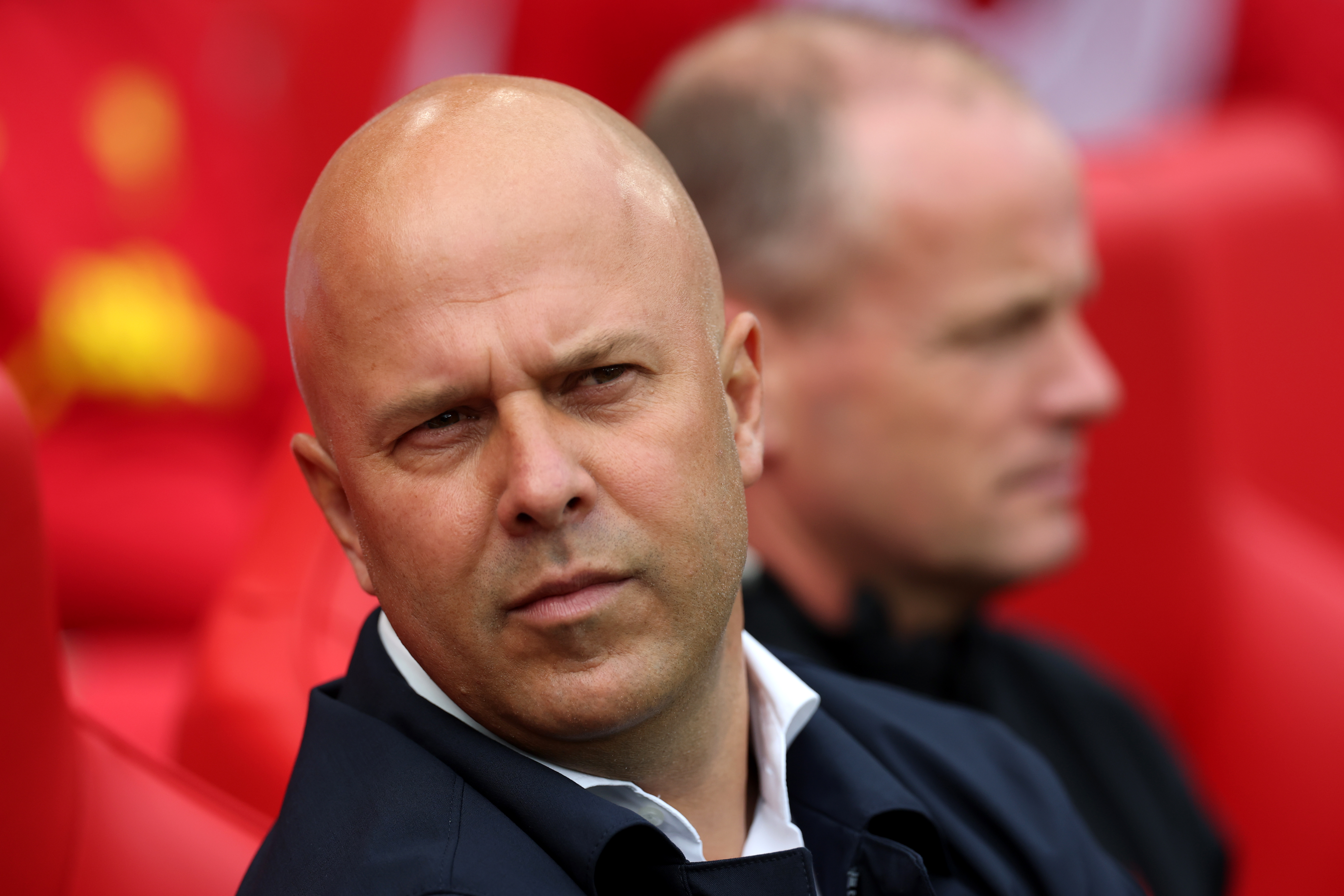Best soccer cleats for ankle support: Why there are fewer options than you might expect
The range of best soccer cleats for ankle support is unfortunately limited, as brands focus their efforts elsewhere
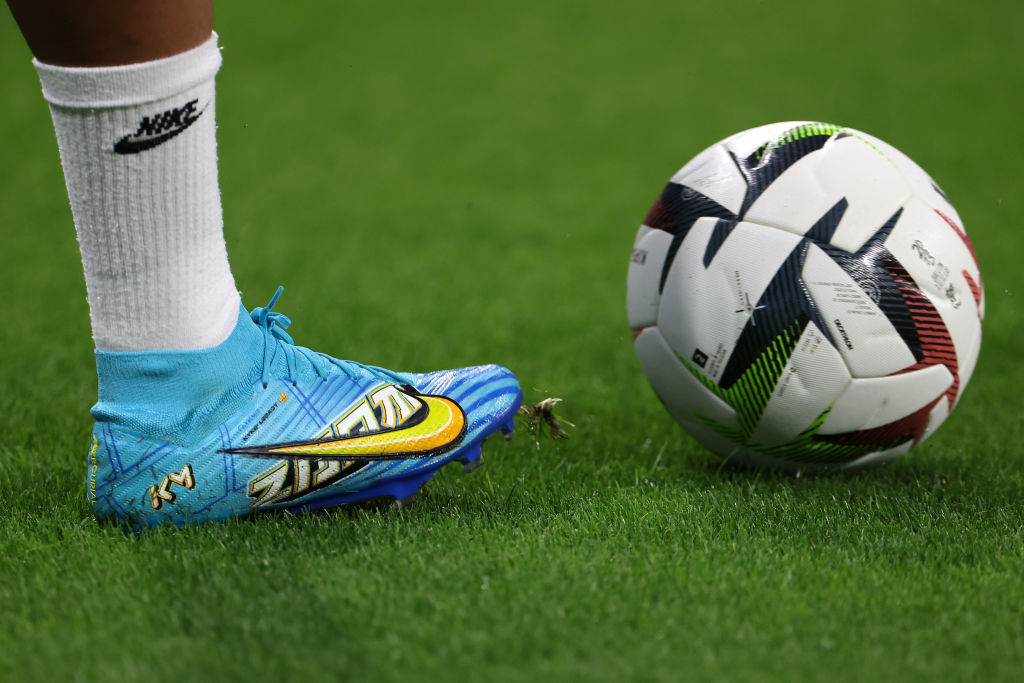
Questions are frequently asked about what the best soccer cleats for ankle support are, with players looking to mitigate the risk of any sprains, strains or injuries.
But, to tell the truth, no such soccer cleat currently exists for the sole purpose of providing extra ankle support. While the best soccer cleats are often designed with defenders, midfielders, strikers and even players with wide feet in mind, ankle support doesn't really enter the equation.
The idea that a soccer cleat could provide ankle protection started to gain popularity around 2014, through the introduction of the Nike Mercurial Superfly 4 and Nike Magista Obra, two of the most revolutionary soccer cleats ever.
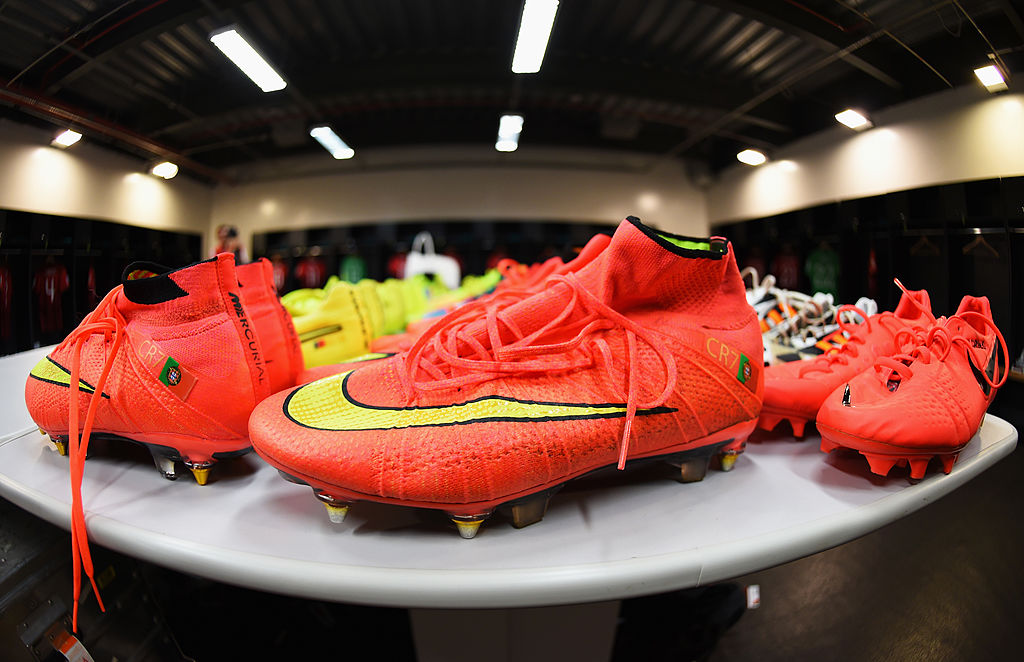
One of the most striking features of their design was the mid-cut extension to the cleat, which saw a knitted collar just above the ankle as part of the cleats. Nike called this a dynamic fit collar, and to this day, it still features on the Nike Mercurial Superfly 9 and Nike Phantom Luna Elite.
Other brands have taken the idea, too, with Adidas implementing the feature on the recently-retired Predator Accuracy+, New Balance on the Tekela V4, and Skechers on the SKX_01 High. Indeed, these knitted mid-cut collars have become ubiquitous in the modern soccer cleat market, though unfortunately none have been designed with ankle support at the forefront of thinking.
Brands themselves – often kings of marketing jargon highlighting the performance benefits of the latest technologies – haven’t pushed the narrative that these mid-cut collars provide any additional protection or support. The collars themselves are simply too thin, too flimsy, have no extra padding and offer no extra stability.
Brands design their cleats to be as streamlined and as lightweight as possible to enhance performance, so the thought of adding anything protective for ankles would only add unnecessary bulk to its design. In modern day soccer that's a cardinal sin, with players often searching for the lightest and thinnest cleat around.
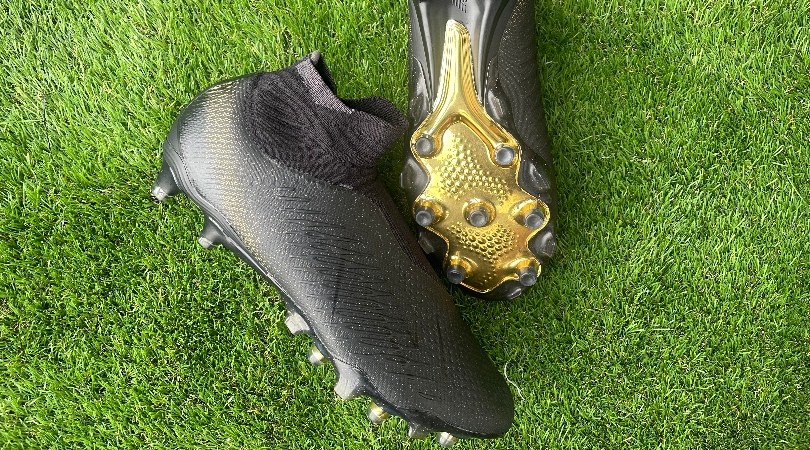
So that begs the question: what exactly is the point of these sock-like collars if they don’t offer ankle protection?
To put it simply, all these collars do is improve the comfort and fit of cleat to offer an almost seamless transition from leg to cleat.
Dennis Dekovic, the designer of many popular mid-cut soccer cleats, such as the Nike Mercurial Superfly 4, Nike Magista Obra and the Adidas Ace Purecontrol 16+, has previously highlighted the thinking behind the feature.
“One big thing for us was the idea of designing for the player's body, and not
just for the foot alone," Dekovic said. "The body is like a kinetic chain, and it's one unit.
"We tend to split it in parts, like, 'This is the hand, and this is the arm'. But, really, it's just one big unibody. We knew that we had to design for the body and not for the foot, in order to be much more efficient and in order to create fit that was never experienced before.”
That's not to say that the future of soccer cleats won't see brands turn to offer greater options for ankle support. But, for now, players aren't afforded such a luxury.
Read more soccer cleat reviews
As well as having a guide on the best soccer cleats for 2024, FFT has been dedicating itself to detailing what's best for defenders, midfielders, wingers and strikers to wear during training and games.
And if you're a player with wide feet or flat feet, play the majority of your matches on artificial turf instead of regular turf, or just want something a little more comfortable, we've still got you covered.
The best features, fun and footballing quizzes, straight to your inbox every week.
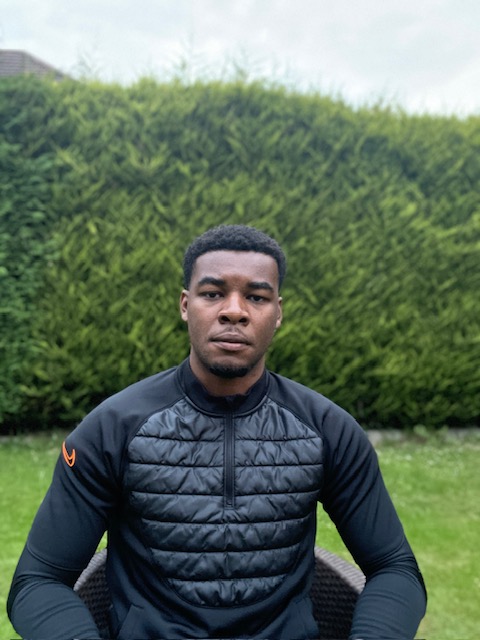
A self-proclaimed football boot scientist and long-time boot collector, Subomi is better known as Sub on his platform SubStance Football, creating content across YouTube, TikTok and Instagram. He creates content around football gear, while using his expertise in Material Science & Engineering to explain certain aspects of football gear technology that you won’t find anywhere else.
- Ryan DabbsStaff writer
